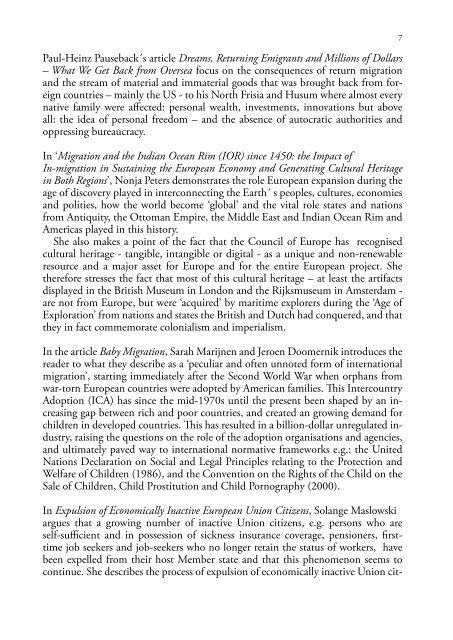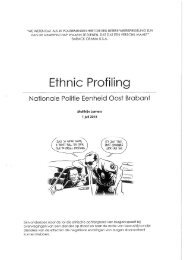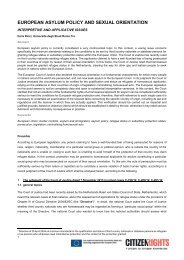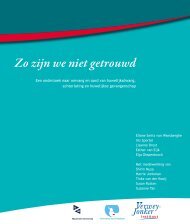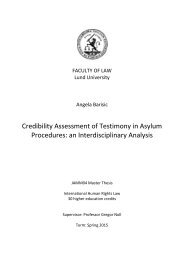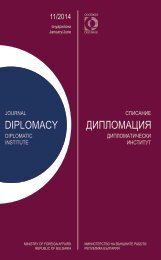AEMI
AEMI-2016-web
AEMI-2016-web
Create successful ePaper yourself
Turn your PDF publications into a flip-book with our unique Google optimized e-Paper software.
Paul-Heinz Pauseback´s article Dreams, Returning Emigrants and Millions of Dollars<br />
– What We Get Back from Oversea focus on the consequences of return migration<br />
and the stream of material and immaterial goods that was brought back from foreign<br />
countries – mainly the US - to his North Frisia and Husum where almost every<br />
native family were affected: personal wealth, investments, innovations but above<br />
all: the idea of personal freedom – and the absence of autocratic authorities and<br />
oppressing bureaucracy.<br />
In ‘Migration and the Indian Ocean Rim (IOR) since 1450: the Impact of<br />
In-migration in Sustaining the European Economy and Generating Cultural Heritage<br />
in Both Regions’, Nonja Peters demonstrates the role European expansion during the<br />
age of discovery played in interconnecting the Earth´ s peoples, cultures, economies<br />
and polities, how the world become ‘global’ and the vital role states and nations<br />
from Antiquity, the Ottoman Empire, the Middle East and Indian Ocean Rim and<br />
Americas played in this history.<br />
She also makes a point of the fact that the Council of Europe has recognised<br />
cultural heritage - tangible, intangible or digital - as a unique and non-renewable<br />
resource and a major asset for Europe and for the entire European project. She<br />
therefore stresses the fact that most of this cultural heritage – at least the artifacts<br />
displayed in the British Museum in London and the Rijksmuseum in Amsterdam -<br />
are not from Europe, but were ‘acquired’ by maritime explorers during the ‘Age of<br />
Exploration’ from nations and states the British and Dutch had conquered, and that<br />
they in fact commemorate colonialism and imperialism.<br />
In the article Baby Migration, Sarah Marijnen and Jeroen Doomernik introduces the<br />
reader to what they describe as a ‘peculiar and often unnoted form of international<br />
migration’, starting immediately after the Second World War when orphans from<br />
war-torn European countries were adopted by American families. This Intercountry<br />
Adoption (ICA) has since the mid-1970s until the present been shaped by an increasing<br />
gap between rich and poor countries, and created an growing demand for<br />
children in developed countries. This has resulted in a billion-dollar unregulated industry,<br />
raising the questions on the role of the adoption organisations and agencies,<br />
and ultimately paved way to international normative frameworks e.g.: the United<br />
Nations Declaration on Social and Legal Principles relating to the Protection and<br />
Welfare of Children (1986), and the Convention on the Rights of the Child on the<br />
Sale of Children, Child Prostitution and Child Pornography (2000).<br />
In Expulsion of Economically Inactive European Union Citizens, Solange Maslowski<br />
argues that a growing number of inactive Union citizens, e.g. persons who are<br />
self-sufficient and in possession of sickness insurance coverage, pensioners, firsttime<br />
job seekers and job-seekers who no longer retain the status of workers, have<br />
been expelled from their host Member state and that this phenomenon seems to<br />
continue. She describes the process of expulsion of economically inactive Union cit-<br />
7


